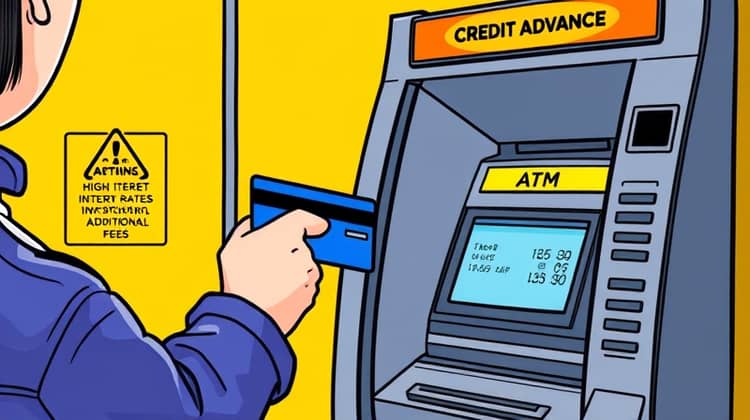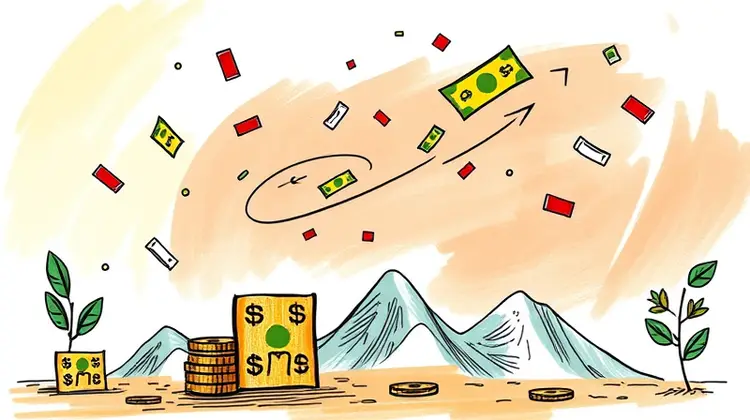In today's fast-paced financial environment, cash advances can provide the quick funds needed to navigate unexpected expenses. However, it's crucial to understand the implications these advances pose. As individuals and businesses alike seek flexibility in managing cash flow, knowing the costs associated with cash advances is vital.
This guide will explore what cash advances are, the costs involved in obtaining them, and potential alternatives for accessing quick cash. Armed with this information, you can make informed financial decisions that align with your needs.
Navigating personal or business finances doesn’t have to rely solely on cash advances; understanding other options can significantly alleviate financial pressure.
Understanding Cash Advances

Cash advances are a lending option that allows individuals to access funds quickly, usually through credit cards or specific loan providers. This method of borrowing is often sought after in times of financial urgency when immediate cash is required.
Typically, a cash advance allows the borrower to take cash out against their available credit limit. However, it's important to note that this can lead to higher interest rates and additional fees compared to traditional loans. Understanding the implications of cash advances is crucial for effective financial management.
Drawing cash against credit cards means you're borrowing against your future income, which can lead to compounded debt if not managed appropriately. Therefore, knowing how cash advances work and their ramifications on your financial landscape is essential.
The Costs Associated with Cash Advances

While cash advances can provide necessary funds quickly, they come with significant costs that borrowers need to weigh carefully. These costs can accumulate quickly and create financial challenges in the long run.
One of the primary issues with cash advances is the high-interest rates typically attached, which can be significantly higher than standard credit card interest rates. Additionally, many lenders may impose other fees, further adding to the expense of this borrowing strategy.
- High-interest rates (often exceeding 20-30%)
- Cash advance fees, which can be a flat fee or a percentage of the amount borrowed
- No grace period on cash advances, meaning interest accrues immediately
- Potential impact on credit scores if repayments are delayed
Understanding these costs is crucial in deciding whether a cash advance is the best choice for your financial situation. Neglecting to acknowledge these factors can lead to a cycle of debt that is challenging to escape.
Alternatives to Cash Advances

If the costs associated with cash advances seem daunting, exploring alternative options can help you access the funds you need without incurring excessive fees. Many individuals may be unaware of the financial alternatives that can provide similar relief without the added financial burden.
Considering various options can ensure that your financial decisions are not only expedient but also financially responsible. The following options offer viable alternatives to traditional cash advances.
- Personal loans from banks or credit unions
- Peer-to-peer lending platforms
- Using a formal line of credit
- Borrowing from family or friends
- Liquidating non-essential assets
By exploring these alternatives, borrowers can potentially find more affordable ways to secure funds in times of need. A well-informed approach can save significant amounts of money and reduce financial stress in the long run.
Tips for Managing Cash Flow

Effectively managing cash flow is paramount in avoiding reliance on cash advances. Consciously tracking your income and expenses helps in avoiding potential financial pitfalls. Creating a budget is the first step in ensuring you know where your money is going and where you can save.
Moreover, understanding when to set aside an emergency fund can alleviate the pressure of unexpected financial needs, thus reducing potential dependence on high-cost cash advances.
- Create a detailed monthly budget and stick to it
- Regularly review and adjust your financial plans as needed
- Establish an emergency savings fund equal to 3-6 months of expenses
- Automate savings to ensure consistency
- Monitor spending habits to identify areas to cut back
By implementing these money management strategies, you can enhance your financial health and minimize the chances of needing a cash advance in the future.
Conclusion

In conclusion, while cash advances offer quick access to cash, they come with notable costs that can affect your financial stability if not managed wisely. By understanding the implications of cash advances and acknowledging their associated costs, individuals and businesses can make better-informed financial decisions.
Moreover, exploring alternatives and implementing effective cash flow management strategies can provide safer pathways to financial security without incurring high-interest debt.














